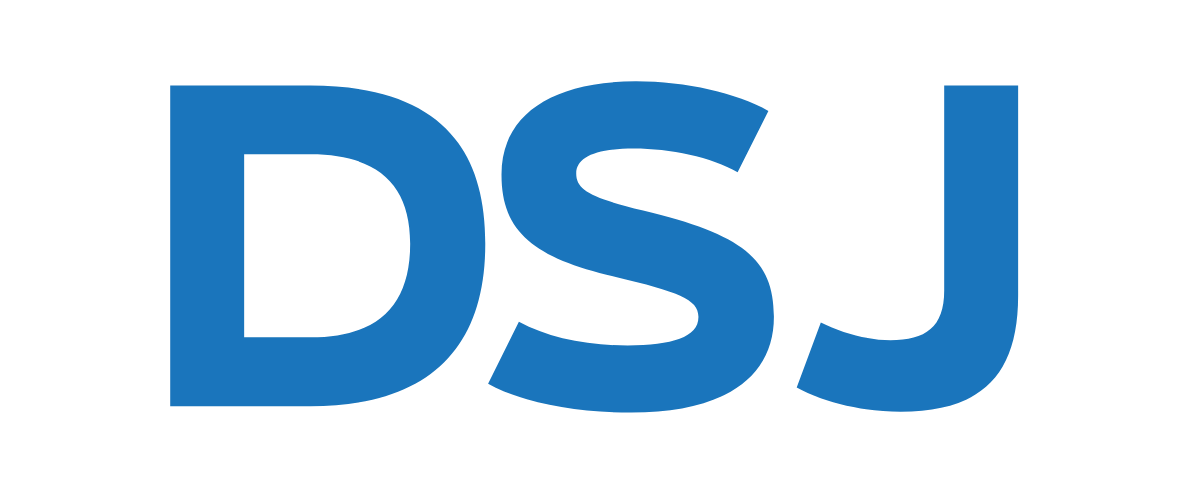According to a report that was released last week, a small reduction in the nation’s tax gap could result in large fiscal benefits for the federal government. This new report was released with the purpose to give suggestions to both congress and the IRS on how to narrow the tax gap.
Overview
The report being discussed was released by the Government Accountability Office. Overall, it evaluated the impact of the current efforts being made to reduce the nation’s federal gap. According to the report, both business and individual taxpayers pay roughly 85% of the total taxes that they owe. From 2014 to 2016, the difference between what was owed by taxpayers and what they paid on time is approximately $500 billion.
Key Factors
Several things come into play when it comes to the tax gap. One major factor that is said to contribute to the tax gap is the complex and complicated tax codes and laws. Furthermore, the Government Accountability Office report suggests that digitizing tax returns could help reduce the tax gap. The reason digitizing could help narrow the gap is that it would allow the tax enforcement programs of the IRS to better identify non-compliant taxpayers.
Underreported Income
According to the Internal Revenue Service, roughly 80% of the gross tax gap comes from taxpayers’ underreporting income. 56% of the total tax gap from individuals underreporting their income. There are several things included in the individual underreporting income category such as estimates that come from S corporations, trusts, Sole Proprietorships, and more.
Third-Party Reporting
Several issues contribute to the tax gap, including limited third-party information reporting. “The extent to which individual taxpayers accurately report their income is closely aligned with whether third parties (e.g., employers) report income to them and to [the] IRS,” said the report. “Increased information reporting could help improve compliance, especially related to sole proprietors who continue to represent the largest share of the individual underreporting tax gap.”
Decreased Audit Rates
Audit rates for individual tax returns of all income levels declined in the two tax years of 2019 and 2020. According to the IRS, the biggest reason for the audit rate decreases were because of decreased funding and limited employees at the IRS.
Taxpayer Service
The report also highlighted that the overall service that is provided to taxpayers is also a factor in the tax gap.
“Good customer service can help make it easier for taxpayers to comply with their tax responsibilities,” said the report. “However, taxpayers often have trouble reaching [the] IRS by phone and can wait for months for mail to be answered. Taxpayers with limited-English proficiency face challenges getting tax information in their languages.”
Wrap Up
This new report has done a great job of identifying the problems that are attributed to the tax gap in this nation. The Government Accountability Office has relayed the message to the IRS by highlighting all of these problems. With the funding that the IRS will be receiving over the next decade, we will have to wait and see if solutions will be brought to the table.
